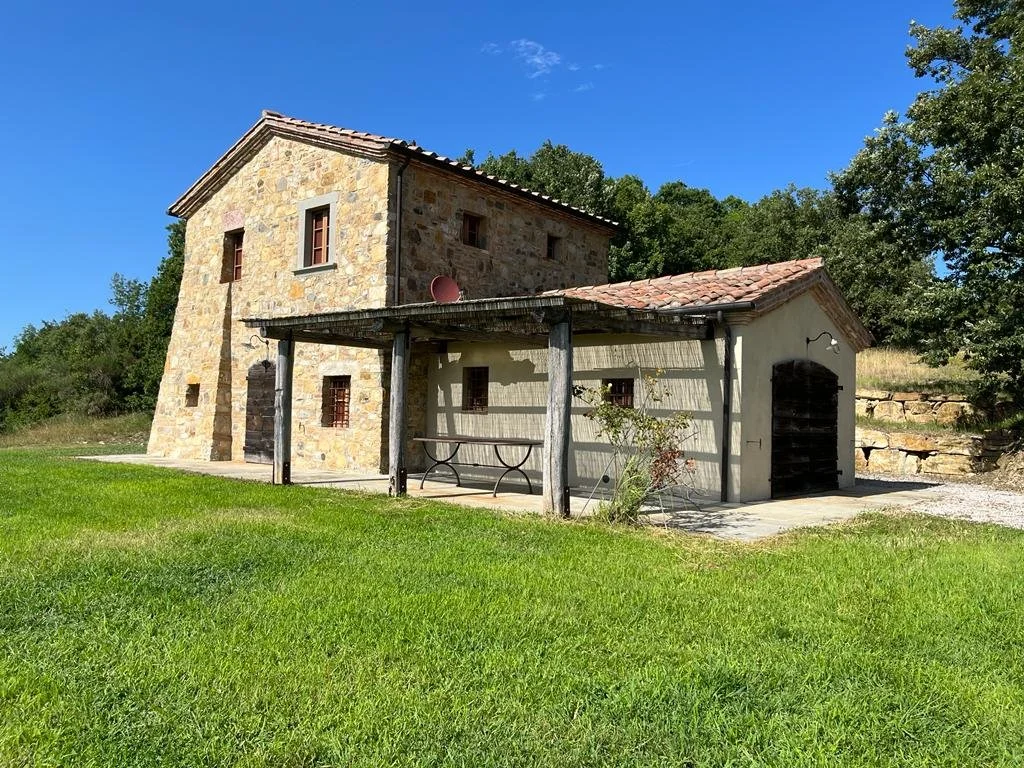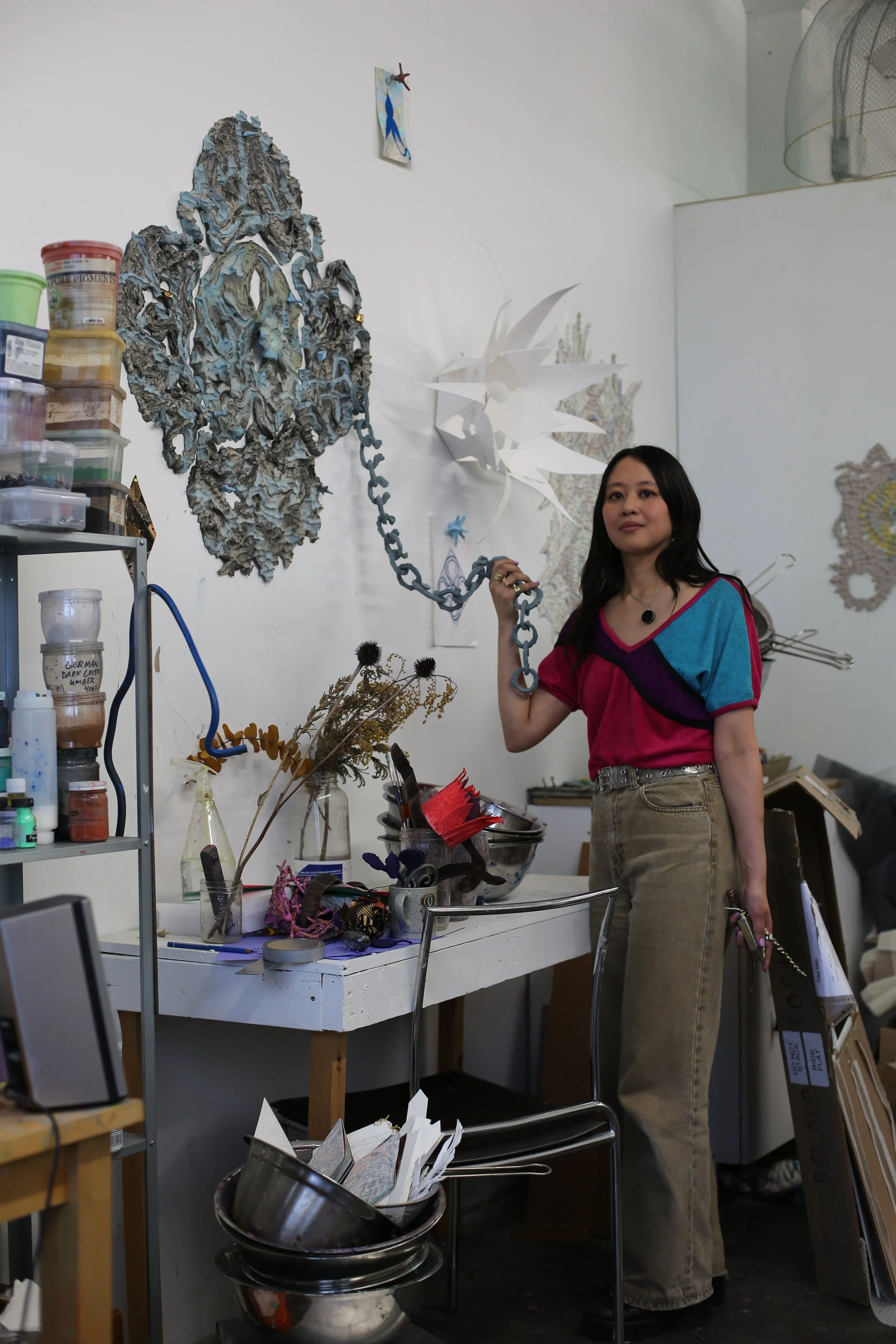Jeanne Gaigher is a South African artist interested in the fluidity of subject matter, and how, through the act of painting, she can expand an object’s meaning. She explores the expressive potential of materials and their textures, taking her cue from a reflection on the traditional format of the painting and its canvas support. Her dreamlike, surreal narrations in which the female body takes center stage are created using fabric, gauze, painting, and drawing, emphasizing the tensions between the body and its context. Despite drawing from a broad reservoir of references, foreign and local, Gaigher consistently bases her thinking around place relative to her own presence in it. Rather than actual places, the settings portrayed are more a reflection of the subconscious dimension of ‘imaginary rooms.’ Never settling on figuration or abstraction, the artist moves nimbly between the two, focusing on the hybrid areas.


